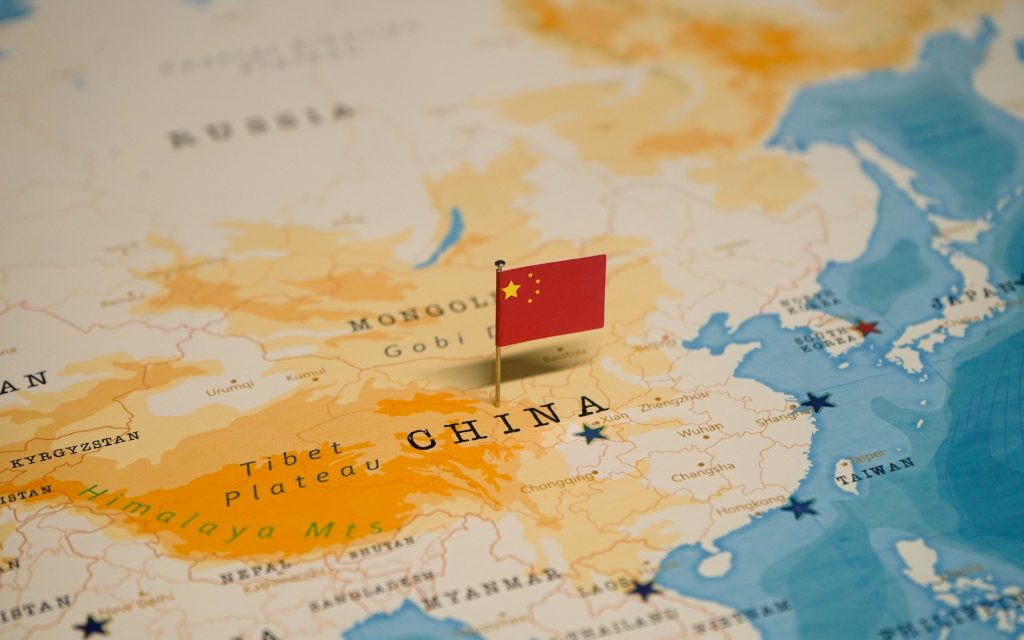
A recent meeting between President Donald Trump and Chinese Premier Xi Jinping has resulted in an agreement for China to resume its purchases of U.S. soybeans, sparking a reversal in market prices. However, one agricultural economist is urging caution, calling the announcement “relatively vague” and noting it lacks the concrete details needed for long-term market stability.
The agreement outlines an expectation for China to purchase approximately 12 million metric tons of U.S. soybeans between now and the end of January. A broader expectation was also announced for China to purchase 25 million metric tons from 2026 through 2028, a figure noted as a “typical purchase level” from several years ago.
Joe Janzen, an agricultural economist at the University of Illinois, said the market is still trying to understand the news.
“We’re still processing. This is sort of very new and a relatively vague announcement,” Janzen stated. He explained the optimism is based on “a few numbers in comments from the Treasury Secretary”. Before those comments, the market had a very different take on the meeting. “A lot of people in the market thought that the meeting was actually rather disappointing and soybean prices had fallen overnight pretty substantially, about 30 cents per bushel,” he said.
While the new comments created “a sense of optimism,” Janzen put the numbers in perspective.
“It’s important to note that this is getting back to where we were in 2022-23-24, not going to a higher level of U.S.-China soybean trade than we’d seen in the recent past,” he cautioned.
When asked if the 12 million metric ton purchase would change the U.S. export balance sheets for the current marketing year, Janzen was skeptical. “It’s hard to say because you have to make a bunch of assumptions about what’s going to happen with soybean trade between the U.S. and every other trading partner,” he said. He suggested the U.S. was already struggling to meet its total export expectation of 1.6 billion bushels, and this new number may simply be part of that existing figure. “I think this is sort of in line with that number,” Janzen noted. “It doesn’t maybe move that number as much as one might think”.

Janzen described the current trade environment as “subscription diplomacy,” where all news is “really short-term”. He argued that the market will need more than verbal commitments to see a substantial price change.
“I think the market is going to need to see something material, either in terms of data on actual shipments over the next few months, but probably something much more concrete on paper as well… before we really see a move to substantially different price levels,” Janzen explained.
He also drew comparisons to the Phase One trade agreement during the first Trump administration, which failed to meet its targets. Janzen pointed out those targets were vague “dollar-value targets” for all agricultural commodities, and when “commercial circumstances changed… China didn’t end up following through on their commitments, which didn’t really have any spelled-out consequences in the agreement”.
Janzen concluded that it “seems to be likely again” that this new understanding will similarly lack an enforcement mechanism if China fails to import the specific numbers stated.

















